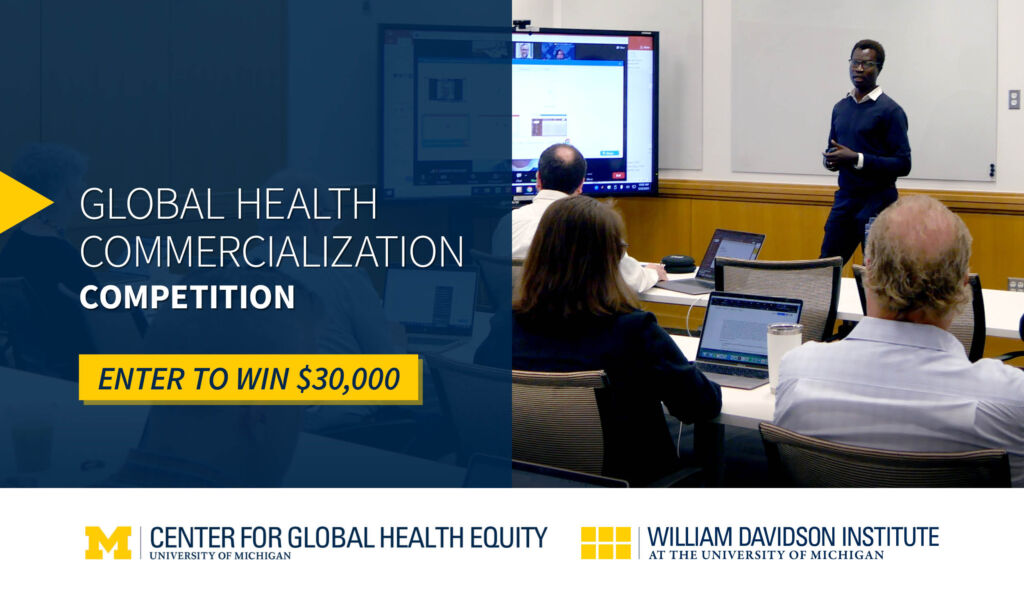WDI’s Senior Director of Healthcare Delivery, Ioan Cleaton-Jones, is an independent director on the board of Shifa International Hospitals (Shifa), which is publicly listed on the Pakistan Stock Exchange. He was nominated to the board by the International Finance Corporation, which owns 12% of Shifa. Shifa’s flagship operation is the 550-bed Shifa International Hospital, an advanced teaching hospital treating complex medical conditions, located in Islamabad. This hospital is one of only four in Pakistan that are quality accredited by Joint Commission International (JCI), the international arm of the US Joint Commission which does quality assurance in US hospitals. It also serves as the teaching hospital for the private, nonprofit Shifa Tameer-e-Millat University, which has colleges of medicine, nursing, pharmacy, dentistry, medical technology and other healthcare-related disciplines. Additionally, Shifa has a second hospital in the city of Faisalabad, with another under construction in the same city. It also has outpatient medical centers, medical labs and pharmacies.

The William Davidson Institute at the University of Michigan is excited to announce the call for applications for the 2024 Global Health Commercialization Competition. This innovative competition serves as a dynamic platform for U-M faculty visionaries based on the Ann Arbor, Flint, and Dearborn campuses, who wish to contribute their scientific and technological solutions to the most pressing global health challenges of our time.
Co-hosted by the U-M Center for Global Health Equity (CGHE) and the William Davidson Institute (WDI), the competition showcases U-M’s commitment to global health equity, with a unique market-driven approach. The competition relies on interdisciplinary collaboration to create sustainable and impactful innovations, aiming to improve healthcare in low- and middle-income countries around the world.
Competition participants will present their business case within a 15-minute timeframe to a panel of industry experts, followed by an informative 10-minute Q&A session. The winning team will be awarded substantial funding of $30,000, provided jointly by the CGHE and the WDI. Additionally, the winning team will be eligible for further consultative services provided by MBA students from our Ross School of Business, as a part of the Multidisciplinary Action Projects (MAP) Program.
The competition also provides extensive proposal review, guidance, and mentorship to all its participants, increasing their likelihood of success. Each shortlisted team is also entitled to a one-on-one consultation session with a member of the Fast Forward Medical Innovation (FFMI) team, who will review the project and provide constructive recommendations to enhance its prospects.
Proposals are due by April 5, 2024, providing an opportunity for team participants to fine-tune their pitches and maximize their chances of success. Application forms, template presentations, and more information about the event is available on our website.
Read more about last year’s competition
The Global Fund plays a significant role in global markets for health products related to HIV and AIDS, tuberculosis (TB) and malaria, both as a financing institution and by negotiating procurement terms for a portion of the health products that it finances. To support the Global Fund’s Health Finance Department in its work with Supply Operations, WDI used the Global Fund’s influence as a major purchaser of HIV, TB and malaria commodities to collaborate with suppliers, research institutions and external partners to analyze pipelines, create incentives and apply strategic purchasing to drive down the price and drive up the quality of key commodities.
The Global Fund works closely with countries to help them achieve long-term sustainability of health programs so they can maintain progress and continue to expand services after Global Fund support ends. WDI provided ad hoc support to Global Fund teams working with countries. Examples of this support include estimating the costs of providing specific types of services and developing frameworks that countries can use as they prepare to transition away from donor support.
Poovanthi is a rehab facility that was started over 10 years ago. At that time, WDI supported work on developing the business plan. This year, WDI supported a team of MBA students in developing a five year strategic plan to support Poovanthi’s expansion plans. In addition WDI had an MBA student work at Poovanthi for the summer to determine unmet medical needs that may be addressed with engineering solutions. This is in partnership with the College of Engineering.
WDI’s Senior Director of Healthcare Delivery, Ioan Cleaton-Jones, is an independent director on the board of Grupo OSME in Mexico. OSME is constructing a new private hospital in the city of San Luis Río Colorado in Northern Mexico. OSME currently operates a large medical clinic that offers primary care, 24-hour urgent care, medical imaging, selected specialist consultations, and a pharmacy.
Develop a protocol for establishing seven Vision Centers around Kisii and develop recommendations on location of Vision Centers. Kisii Eye Hospital is also expanding into Kisumu with a second hub hospital. A second project this year is designed to put together an execution plan complete with financial and market analysis for the Kisumu market.
ICL has been operating a successful lab in Ethiopia since 2004. In partnership with Cerba Lancet Africa and ICL, this project evaluated the feasibility of setting up a manufacturing hub and supply hub in Addis Ababa Ethiopia for diagnostics laboratories located throughout the continent.